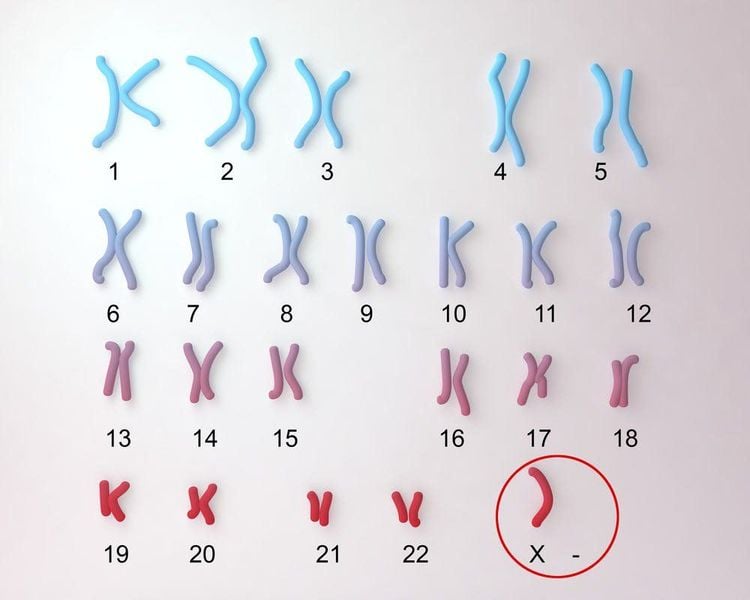This is an automatically translated article.
Posted by Doctor Bui Thi Phuong Hoa - Genetic consultant doctor - Vinmec Hi-Tech Center
Repeated miscarriage is recorded in some women today. The disease has many causes, affecting the physical as well as psychological for the patient. In some cases, the doctor may prescribe Microarray technique to diagnose the cause of consecutive miscarriages.
Miscarriage at any gestational age can be a shock to a woman and family. Looking for a potential cause of recurrent miscarriage is an effective way to estimate your risk of recurrence and take precautions to avoid it happening again in the future. Although not fully deciphered, many causes have been identified related to miscarriage, in which chromosomal abnormalities or genetic imbalances of the embryo or fetus have long been recognized. recognized as one of the main causes of miscarriage (<20 weeks gestation).
However, most of the current practice guidelines primarily recommend genetic testing for the third miscarriage. There are many techniques that can be used to test for these cases.

Bất thường nhiễm sắc thể có thể là nguyên nhân gây sảy thai
With traditional cytogenetic techniques, culture failure due to microbial contamination and tissue inactivation has been reported to be as high as 21–25% when applied to fetal samples miscarriage. Maternal infection and proliferation of selected cell lines can distort the true status of the fetal chromosomal formula. The ability to resolve and subjective judgement of chromosomal alterations is another problem of this technique. All of these limitations may be weaknesses of traditional cytogenetic techniques.
Thanks to dramatic improvements in genetic testing techniques and increasingly lower costs, we can now detect even small imbalances (microdeletions, microduplications) on a global scale genome at a much lower price. Genetic analysis based on comparative genomic hybridization (CMA) is one of the most prestigious techniques.
MORE: Microarray application in postpartum diagnosis
As a DNA-based technique, CMA overcomes the limitations of traditional cytogenetic testing. Furthermore, microarray technique (also known as CMA) can detect copy number changes over 400 kb (depending on different platforms applied) in the scale of the whole genome simultaneously. , the findings of reported copy number polymorphism (CNV) variants are another advantage over traditional techniques. Studies have found an additional 5.7–13% of pathogenic CNV in karyotyping-type products of normal conception (POC) samples. Therefore, CMA is generally accepted as a modern technique for detecting genetic imbalances in POC samples.
Please dial HOTLINE for more information or register for an appointment HERE. Download MyVinmec app to make appointments faster and to manage your bookings easily.













